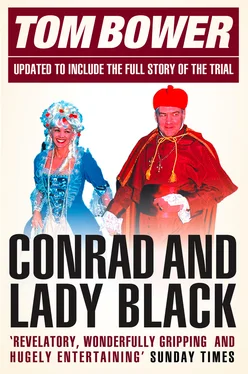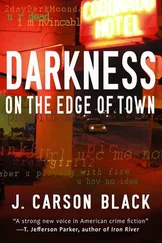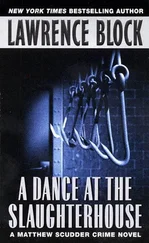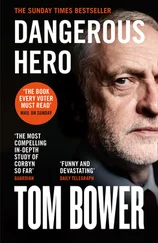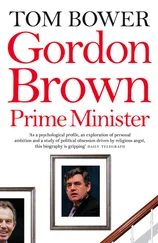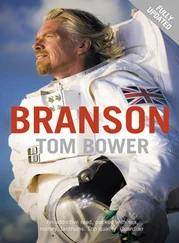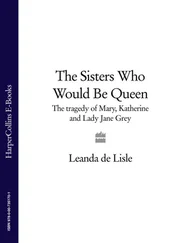The threat from America coincided with mixed fortunes in Canada. The shuffling of assets at Argus had not ceased. To avoid tax and to marginalise the minority shareholders, Black was constantly reorganising his companies. The complexity of the changes provoked fears among shareholders that Argus’s money was disappearing into other companies in which the group had an interest, including Hollinger, a mining company, or that Argus was heading for bankruptcy. 26 Those fears were compounded by Black’s self-aggrandisement. In 1982 Argus earned profits of C$7.6 million, but nearly C$2 million was spent on the directors and their expenses. The generosity to himself and his associates was part of Black’s calculated plan to ensure that everyone would ‘remain friends’. 27 Protestors found their voices drowned out. The company’s annual general meeting on 26 May 1982 lasted fourteen minutes – one minute longer, Black was disappointed to note, than Bud McDougald’s record.
Inspired by Napoleon, Black’s doctrine – kill or be killed – was deployed in self-justification and self-defence. Contemptuous of his critics, he had been flattered by featuring in a television series as a member of the Canadian establishment; and by Andy Warhol’s visit to Toronto, where Black had commissioned him to paint his portrait. The decisive accolade was his coronation as Canada’s ‘Establishment Man’ by Peter Newman, the editor of the weekly Maclean’s magazine, who promoted ‘Canada’s leading capitalist’ as the personification of the Conservatives’ rebirth, with brains. Others reflected that Newman could more accurately have pronounced Black as the anti-establishment man.
Emboldened by his glorification in Toronto, Black repelled the questions hurled by American lawyers and SEC officials with stubborn denials of any blame. ‘I relied,’ he told his questioners, ‘on Norcen’s overworked company secretary to record accurate minutes of the board meeting, and he made a complete mistake because he had wrongly surmised that a take-over was intended.’ The directors’ discussion, he continued, was ‘hypothetical’. Challenged that he signed the board minutes as accurate, Black replied, ‘I signed the minutes without reading that part of it.’ 28 To outwit his accusers he relied on his confident mastery of English, a parade of the power of his memory and a loquacious reinterpretation of the facts. To friends, however, he expressed terror. ‘They’re out to get me,’ he railed to Peter White. Black was humiliated by what he conceded was ‘a mess’. 29 To his good fortune, the Americans did not interview Fred Eaton. ‘I was at the meeting,’ he told Black, ‘and the minutes were accurate.’ ‘Well,’ replied Black, ‘we’d better watch ourselves in the future.’
In the weeks before the trial was due to begin in Cleveland, Bob Anderson’s lawyers were publicly vilifying Black, with wild allegations – which he robustly denied – that he was a criminal, a racketeer and more besides. Over four days of cross-examination in a packed court in early May 1982, he defiantly denied his accusers’ explanation of all the events. At the end of his testimony he returned to Toronto convinced that Judge John Manos would accept his interpretation. Denying the truth and rewriting history had been a tool of the world’s greatest leaders – dictators and democrats alike. To survive and succeed, Black adopted their doctrine.
On 13 May Black was entertaining Toronto’s establishment at Hollinger’s annual dinner. Judge Manos’s judgement was still awaited. In the middle of the evening a messenger whispered to Black that Canadian police had started a criminal investigation of himself and his lawyers for conspiring to defraud Argus’s shareholders. Black knew precisely what had aroused police suspicion: Norcen’s inaccurate offer on 16 October 1980 to buy back its own shares. The circular to shareholders, signed by Black, stated that he could not envisage any new circumstances which could influence the share price. At that precise moment, he had been planning his bid for Hanna. Issuing misinformation could be a criminal offence. By the end of the dinner Black had formulated his defence. He had become, he would claim, the target of a conspiracy between his rivals, Canadian politicians and the police. He would denigrate the investigation as an ‘Orwellian drama’ and ‘a charade’, because the legal case was ‘too fatuous and preposterous’ to merit any discussion. 30 Finally, he would castigate the familiar motives of his critics: the police investigation, he would say, reflected ‘the destructive complex of envy at its most ignorant and visceral’; his enemies were ‘manipulating’ the system by ‘a smear job’. Creating an aura of aloofness, he walked from the dinner telling those enquiring about his fate, ‘There is no evidence. There is absolutely nothing.’ His forceful indignation was intended to suffocate doubters and to confirm his admirers in their belief of his innocence. His last word, he persuaded himself, had silenced his questioners.
Unlike in America, Black personally knew those involved in the investigations in Toronto, and understood the regulators’ frailties. ‘I’ll talk to the Attorney General,’ he announced. Just hours after the dinner he was sitting in the office of Roy McMurtry, Ontario’s Attorney General. The politician met Black without any officials, even those directing the investigation. In his quiet, mellifluous manner, Black cast blame on a range of people, including even the future Prime Minister Brian Mulroney, at that time a rising politician in Ottawa and a director of Hanna. ‘The powder trail from this trumped-up charade of an investigation leads straight to Brian’s door,’ Black told the Attorney General. 31 ‘He was far enough along in the chain that generated the Norcen investigation that his fingerprints wouldn’t be on the knife.’ 32 In his quiet tirade, Black made a series of allegations against politicians, law officers and the police – which they in turn would describe as figments of his fertile imagination. Over the next days, McMurtry and the police resisted Black’s pressure to stop the investigation.
The reality check was Judge Manos’s decision. On 11 June 1982 he found against Black, declaring that Norcen had committed ‘manipulative violations’. ‘[Black’s] construction of the record,’ declared the judge, ‘is strained and unpersuasive.’ The evidence, he continued, ‘established conclusively’ that the take-over had been contemplated at the board meeting on 9 September 1981, ‘if not earlier’. Black was tarred as unreliable. Inevitably, he was terrified. There could be severe repercussions in Canada, including a photograph of him being arrested in handcuffs. He regularly called his lawyer Peter Atkinson to ask for reassurance. Hal Jackman had no doubt that Black was the architect of his own misfortune. ‘Conrad’s a poseur ,’ he sighed. ‘He’s always pushing the envelope to get away with it. Pushing beyond reasonable bounds.’ 33 Black’s terror was concealed from public view. To journalists he coolly returned Jackman’s criticism, characteristically describing him as drunkenly playing war games in his library. ‘Not an easy partner,’ said Black, with the air of reluctant wisdom. While Jackman posed as a great businessman, continued Black, he had sold his Ravelston shares ‘risibly cheap’. 34
The civil judgement in Cleveland threatened to spiral into a criminal prosecution. The SEC charged Black with having ‘made untrue statements of material facts’ to both Hanna and the SEC, and to having ‘engaged in fraudulent, deceptive and manipulative acts and practices’. Black was on the edge. To prevent a prosecution he agreed with the SEC to formally sign a ‘consent decree’, promising to abide by American laws in the future. The process required no admission of wrongdoing by Black, but there was a sting: if he broke American laws again, the SEC could reactivate the criminal prosecution. 35
Читать дальше
